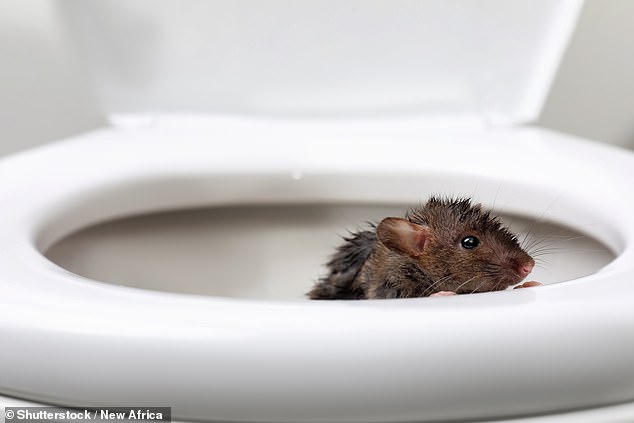
Major NHS Report Exposes Rat, Cockroach, and Silverfish Infestations: Is Your Local Hospital Affected?
NHS Hospitals in Crisis: Vermin, Sewage, and Crumbling Buildings Put Safety at Risk
A shocking staff survey by union Unison reveals NHS hospitals are grappling with vermin infestations, sewage leaks, and deteriorating infrastructure, endangering staff and patients. The poll of nearly 9,000 workers highlights a system “falling apart at the seams,” with pests thriving in damp, poorly maintained buildings.
Key Findings
- Vermin outbreaks: 16% of staff reported seeing rats, while another 16% noted infestations of cockroaches, silverfish, and ants. Rodents and insects, which spread diseases like salmonella and leptospirosis, are increasingly common in sterile storage areas and break rooms.
- Structural hazards: 17% of respondents felt their workplace was unsafe. Issues include collapsing ceilings (21%), broken lifts (47%), faulty lighting (27%), and toilets out of order for weeks (28% public, 30% staff).
- Water damage and sewage: Over half (52%) encountered leak-catching buckets, and 23% witnessed sewage spills, creating foul odors and trip hazards.
Staff Accounts
- A worker in northwest England described rat bait boxes littering their hospital, with rodents invading sterile supply rooms despite efforts to control them.
- In Scotland, leaks caused collapsed ceilings and persistent sewage problems, while an East England cleaner found mouse droppings in critical areas.
Expert Warnings
Helga Pile of Unison stressed the severity: “Disease-carrying pests put health at risk. The NHS needs urgent funding—not a Dickensian relic.” She warned delayed repairs could worsen wait times and cancellations.
Saffron Cordery of NHS Providers highlighted the £14 billion maintenance backlog: “Safety is compromised daily. Crumbling estates hinder efficient care delivery.”
Recent Incidents
- Video from Walsall Manor Hospital showed mice scurrying through wards.
- East Kent Hospitals faced a rat infestation in a kitchen serving 1,500 daily meals.
Calls to Action
The report urges immediate funding to address hazards and long-term investment to modernize facilities. With NHS England and the Department of Health yet to comment, staff and patients await critical reforms.
(Images: 1) A rat in a hospital corridor; 2) Saffron Cordery addressing infrastructure concerns.)
Conclusion
Years of underinvestment have left NHS buildings unsafe and unsanitary. Without swift action, the crisis risks deepening, threatening both care quality and public health.


